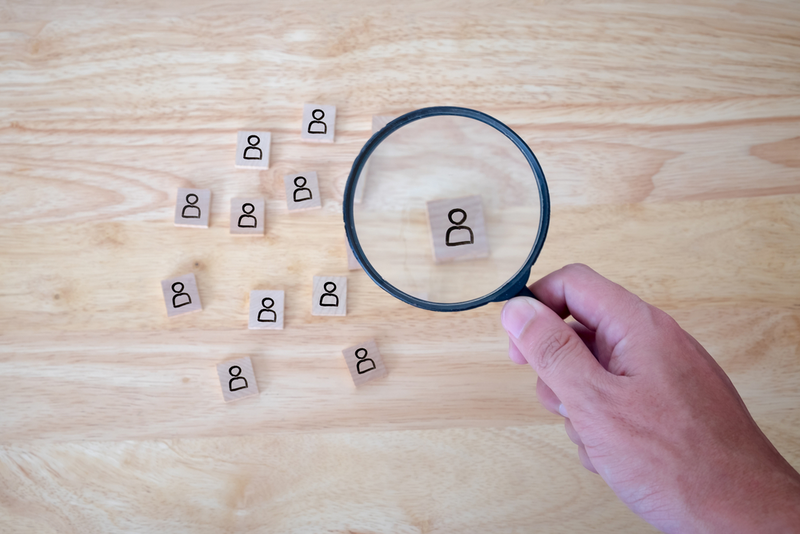ATD Blog
Doing Some Detective Work to Know Your Learners
Wed Nov 20 2019

How much do you know about your learners? As an L&D designer, you probably know a fair amount. But you can—and should—know more to really understand what makes them tick—their challenges, what knowledge they need to have, and the best tool to give them that information. To gain that in-depth understanding, it’s helpful to take a page from a marketer’s toolkit and develop learner personas.
In the November 2019 bonus issue of TD at Work, “Learner Personas: Beyond Demographics,” Karen Bishea Williams explains how. After noting what you do know about your learner, such as job function, use of technology, work hours, and key performance gap differences, it’s time to dig deeper.
What Information Would I Find Useful?
What information is missing? How might you find that information? Consider such resources as the learners or their managers, employee engagement surveys, senior leaders, and customers. Will you—or individuals you recruit to help—interview the individuals, conduct a survey, ask learners to do a self-assessment, retrieve the information?
Keep in mind when you’re considering what type of information you hope to gather and from what resources that you will likely have resource limitations. Does the person you want to interview work in another location? Do you have the travel budget to accommodate such an interview, or could you chat via Skype or other videoconferencing tool? Perhaps you could ask another person who is co-located with the person whose opinions or knowledge you hope to tap to conduct the interview.
Parsing the Information
It’s now time to analyze the information you’ve amassed. If possible, assemble a team to help review the data then brainstorm. This analysis team could include the individuals who you’ve called into service to gather the information, but it’s not necessary that the individuals overlap.
Getting analysis team members together to review the information will shed new light on what you thought you knew as team members and build on the insight of others. For example, if an organization is revisiting the number and efficacy and efficiency of the meetings that departments hold, consider who needs to change their behavior.
What is the best tool to help these individuals do so? Managers who schedule many meetings may need multiple tools—the first being a checklist to see if a meeting is warranted and the second a template to keep the meeting on track with agenda items and a reminder to send a post-meeting recap with agreed-to tasks and the individual responsible for them. Individual contributors may need guidance on how to prioritize their work tasks and decide whether they need to attend all the meetings they’ve been invited.
Putting the Information to Good Use
Now it is time to tell a learner story for each persona based on the information you have on the individual learner. This will include demographics, workplace challenges, technology used, and performance gaps. Give the learner a name, such as Frustrated Frank or Responsive Rachel. Given the depth of knowledge the learner needs, their workspace, and so forth, what training or development tool is appropriate?
As Williams sums up, “Using personas as a learning aid to guide learning strategy, design, curation, and implementation will strengthen your learning programs.” And this will make you a more effective L&D pro.
More from ATD
